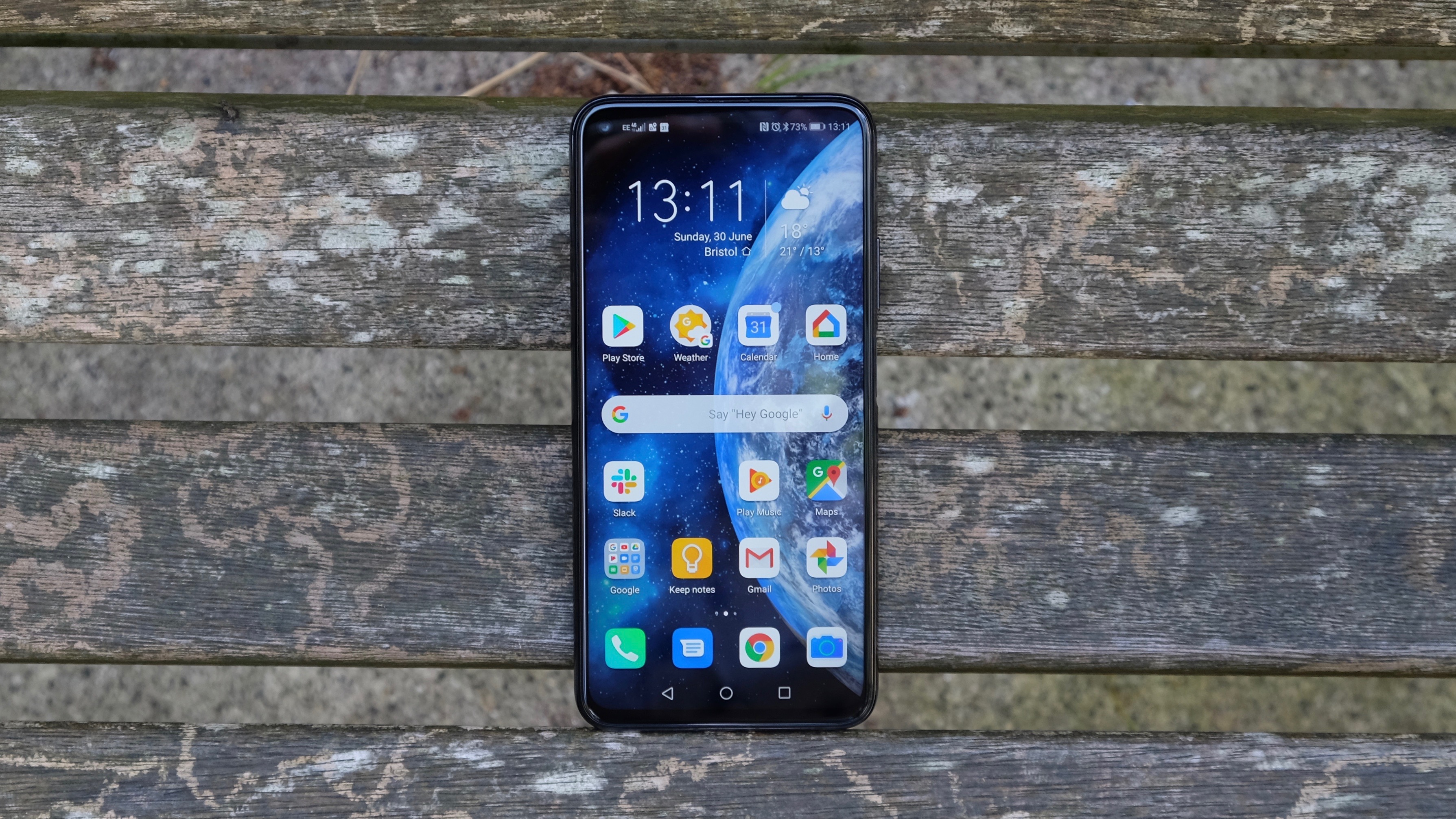Phone locate software reviews Honor 20
Contents:
If you are coming from another Honor or Huawei device, you will find the navigation familiar. Home screen, lock screen, recent apps and. Unlike Google's phone, the Honor 20 actually performs like a champ and you'll find that the brand considers the Honor 20's quad camera.
The Xiaomi Mi 9 is visibly noisier. The overall video score is derived from performance and results across a range of attributes in the same way as the Photo score: Exposure 82 , Color 91 , Autofocus 92 , Texture 70 , Noise 71 , Artifacts 82 , and Stabilization Honor 20 Pro video footage shows good target exposure in bright light and in typical indoor lighting conditions. In lower light under lux , target exposure is a little darker than most competitors, but still within acceptable limits.
In line with the competition, target exposure drops noticeably at light levels below 10 lux. We saw some slight stepping during exposure convergence in changing light levels, as well as somewhat limited dynamic range, resulting in highlight clipping in some high-contrast scenes. Colors are bright and vivid in indoor and outdoor conditions, and are only slightly more subdued when filming in low light. We occasionally noticed a bluish white balance cast when recording outdoors, but otherwise color rendering is accurate. It triggers quickly, and adjusts to changing subject distances smoothly and swiftly in bright light.
It slows down a little in low light, but is no worse than the competition in this respect. We observed no focus breathing nor other instabilities. Noise is well-controlled in bright light, but becomes more intrusive when filming indoors and in low light. Overall, the 20 Pro does very well for texture, but given its 4K default resolution, there is still room for improvement.
Ready to check out?
Artifacts are generally very well under control in 20 Pro video footage, but we applied some penalty points for frame rate shifts which occur predominantly in lower light , for ringing, and for a judder effect that can be noticeable during panning movements. It efficiently stabilizes low-frequency motion generated when walking while recording, as well as high-frequency vibration caused by hand-shake when holding the device still.
The Honor 20 Pro makes it very close to the top of our DxOMark Mobile ranking, thanks to good Photo and Video performances across the board and no significant areas of weakness.
Honor has made the body 7. It also takes around 6 to 7 seconds to actually capture and process images this way, during which time you have to remain perfectly still. Primary plus-AI triple-camera. We observed some slightly low target exposures in some indoor images, however. Image: tech2. This article is designed to highlight the most important results of our testing.
Read more about our Comment Policy. Updated: Honor 20 Pro camera review. Camera Selfie Audio. Update summary. Honor 20 Pro Honor 20 Pro, 18mm, low levels of detail. Honor 20 Pro, crop. Huawei P30 Pro, 18mm, average levels of detail. Huawei P30 Pro, crop. Honor 20 Pro, 16mm, low levels of detail indoors. Huawei P30 Pro, 16mm, good detail indoors. Xiaomi Mi 9, 16mm, low levels of detail indoors.
- Specs at a glance.
- HONOR Mobile Phones, Android Smartphones | HONOR Official Site US;
- how can i track a cell phone ZTE Blade.
- cell phone WhatsApp location Iphone.
Xiaomi Mi 9, crop. Honor 20 Pro, auto flash low-light cityscape. Honor 20 Pro, crop showing high levels of luminance noise. Huawei P30 Pro, auto flash low-light cityscape. Huawei P30 Pro, crop showing low levels of luminance noise. Xiaomi Mi 9, auto flash low-light cityscape. Xiaomi Mi 9, crop showing average levels of luminance noise. Honor 20 Pro, auto flash night portrait.
Honor 20 Pro, crop showing slight overexposure. The Honor 20 Pro is capable of nice exposures with accurate white balance and strong color in outdoor conditions. Honor 20 Pro: a slight blue cast can affect color rendering outdoors.
Honor 20 Pro: strong denoising ensures clean skies outdoors. Honor 20 Pro, bokeh shot with good subject isolation and blur gradient. Honor 20 Pro, outdoor detail.
1. Bitdefender Mobile Security
OnePlus 7 Pro, outdoor detail. OnePlus 7 Pro, crop. Samsung Galaxy S10 5G, outdoor detail. Samsung Galaxy S10 5G, crop. Honor 20 Pro, outdoor noise.
How to Find My Phone in HONOR Android Phone
OnePlus 7 Pro, outdoor noise. Samsung Galaxy S10 5G, outdoor noise. Honor 20 Pro, noise and detail, 20 lux.
Huawei P30 Pro, noise and detail, 20 lux. Xiaomi Mi 9, noise and detail, 20 lux. Honor 20 Pro, loss of edge acutance. Honor 20 Pro, flare. Honor 20 Pro, 3x zoom.

Xiaomi Mi 9, 3x zoom. Honor 20 Pro, 5x zoom.
Updated: Honor 20 Pro camera review
Xiaomi Mi 9, 5x zoom. Honor 20 Pro, medium-range zoom, lux. Huawei P30 Pro, medium-range zoom, 20 lux. Xiaomi Mi 9, medium-range zoom, 20 lux. Honor 20 Pro, bokeh simulation. OnePlus 7 Pro, bokeh simulation. Samsung Galaxy S10 5G, bokeh simulation. Huawei P30 Pro, bokeh simulation. The scene below is another example of a challenging scene, with HDR and lots of details. You can see that the luminosity of the trees is better captured on the iPhone XS compared with the context shot. The colors also look natural and not too contrasted. When you switch to these modes, the camera uses the full sensor resolution instead of merging pixels quads into a 12MP photo.
The regular 48MP mode can generate sharper details in a scene see below. If you are willing to wait, this is the mode that will capture the best details and texture. I suspect that using multiple shots, Honor is able to circumvent some of the caveats of the Quad-Bayer quad-RGB pixel layout to get more details. We can clearly see that UC improves textures significantly.
As you can see, Ultra Clarity not only fetches better details, but also better HDR as seen on the upper-left vegetation.